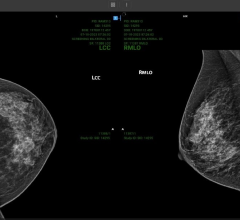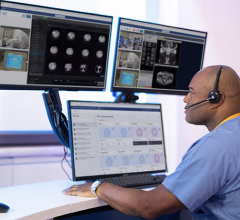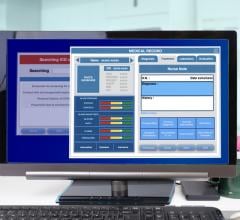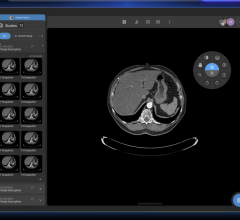
March 13, 2020 — HIMSS and Forrester announced the results from a study that investigates adoption of consumer and employee experience capabilities within healthcare. Respondents were asked about their current strategies for improving both patient and provider experiences, and the perceived value of those programs. Based on insights from more than 170 U.S. health systems respondents, the study found that strategies used to improve customer and employee experience in other industries are largely underutilized in healthcare. Additionally, the study finds that nine out of 10 health system workers do not believe that providers in their organization are equipped to deliver the best care possible.
Results further reveal that provider experience remains the forgotten leg of the Quadruple Aim – emphasizing that healthcare organizations (HCOs) must not ignore provider burnout within their organizations. Currently, 60 percent of HCOs lack a formal strategy to accurately measure this. At the same time, more than a third of the health systems surveyed report that they have no strategy in place to measure electronic health record (EHR) satisfaction. According to the study, the most successful HCOs moving forward will be the ones that invest in a patient-centric and outcome-first digital strategy that helps build lasting doctor-patient relationships.
Key findings and recommendations from the study include the following:
- Patient-focused organizations report offering virtual care and remote patient monitoring at higher rates to offset the rising cost of healthcare. Healthcare delivery is shifting back to the home and local convenient locations. Virtual care is on the rise and expected to exceed 36 million visits in 2020.
- HCOs can capitalize on creating incentivized data sharing programs for patients as consumers are willing to share smart device data (wearables) with their providers in exchange for a subsidized device.
- To successfully reduce physician burnout, HCOs must invest in both measurement strategies and management strategies, including offering workshops on how to manage work-related stress and personal dashboards that demystify individual quality performance. Both strategies currently remain underutilized industry wide.
- Poor EHR usability significantly creates burden for physicians, yet 38 percent of health systems lack a formal strategy to address the problem. To improve EHR satisfaction, HCOs should embrace the known-knowns of EHR satisfaction — including end user training; incorporate emerging best practices like audit long analysis into EHR satisfaction programs; and pilot emerging technologies, benchmarking burnout as a key performance indicator.
About The HIMSS-Forrester Benchmark Study
The benchmark patient-provider study from HIMSS and Forrester analyzes what transformative healthcare organizations can do to measure and manage how new technologies like virtual care platforms, chronic disease management solutions, and healthcare analytics solutions are impacting the evolving doctor-patient relationship. The study further seeks to uncover emerging strategies for quantifying customer experience across the patient journey to better guide healthcare decision makers who seek data-driven guidance on improving patient experience. Forrester fielded the study from December 2019 to February 2020.
Additional Resources
A HIMSS-Forrester webinar, “Engineering the Digital Doctor-Patient Relationship,” will be held Thursday, March 26, 2020 from 1 -2 p.m. ET. To register and download an accompanying research report, visit: https://go.forrester.com/himss-report-webinar/.


 July 25, 2024
July 25, 2024 








